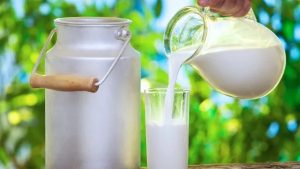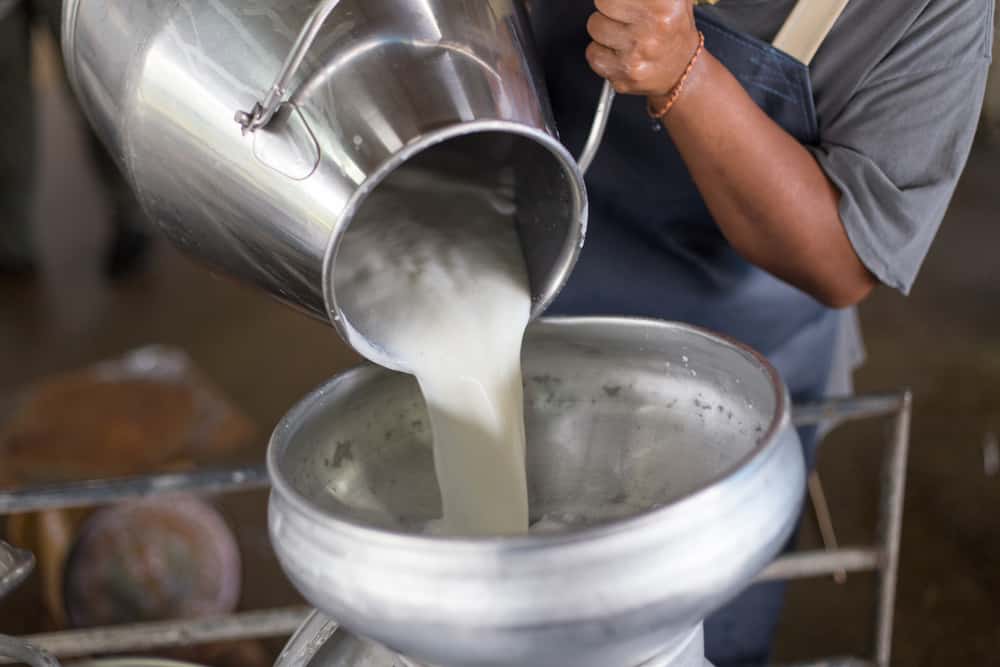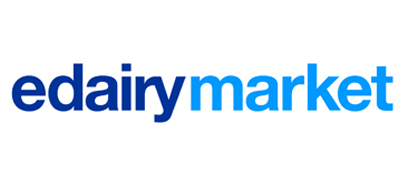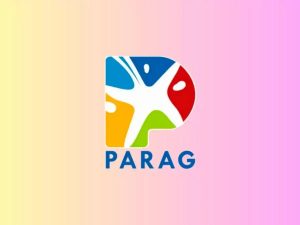
The consumption of dairy products dates back over 6,000 years, today these are enjoyed across the world. Over the last few decades, there has been various innovation and experiments in these products and processing. In 2021, the market was valued at US$871 billion, which is expected to surpass a valuation of US$871 billion by 2026, as per a new Fact.MR analysis.
Dairy products are a good source of calcium which helps in the promotion of bone health and minimises the risk induced by fractures. Milk products are also classified as a great source of vitamin D which improves bone mass. Moreover, the cream helps to protect against sarcopenia.
With research demonstrating conflicting findings about the advantages and hazards of full-fat dairy, incorporating heavy whipping cream into your diet calls for moderation. In a diet of 2000 calories, you should try to consume no more than 20 gram of saturated fat each day.
Manufacturers in the market have been engaged in marketing their new cream products as a complete solution to most of their cooking needs. The key focus seems to be on the nutrition aspect of the product. Most large-scale producers in the market have been offering pasteurised milk and cream, especially from non-fat to their consumers. This is in line with the growing consumer demand for products rich in milk proteins and vitamins. Growth in the number of diet-conscious consumers has resulted in higher consumption of non-fat milk in households as it eliminates most of the saturated fats and cholesterols.
Some of the large-scale producers in the market such as Nestle and Saputo have been offering a variety of creams for their consumers, including sour cream. To cater to a wider consumer base, small and medium-scale producers must consider the special dietary and religious requirements of consumers and include halal and kosher-certified products in their portfolio.
Opportunities for manufacturers
The design, colour, and shape of the product’s packaging have a crucial role in attracting customers. Manufacturers need to grab the attention of customers to convey information on products and their ingredients. Nowadays manufacturers are using tetra packs, cans, and bottles to distribute products. Tetra packs are an emerging sustainable packaging choice where products retain their freshness and increase their shelf life.
Efficient packaging helps in avoiding contamination and is also used in transportation. The use of plastic in the manufacturing of dairy packaging solutions is declining due to rising awareness of sustainability as it is one of the leading causes of environmental degradation. The tetra packs are made of paperboard and layers of aluminium which helps to improve the nutritional value of products.

















